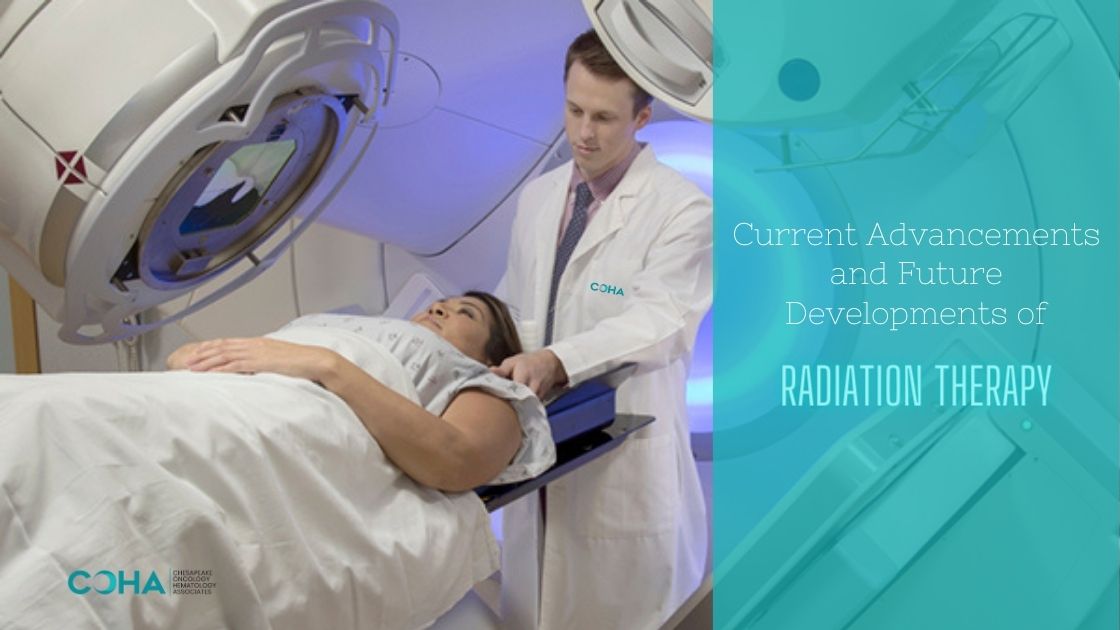


Cancer is a major cause of death globally. The International Agency for Research on Cancer (IARC) estimates that 7.6 million deaths occur worldwide due to cancer, with 12.7 million new cases reported annually. Also, 63% of cancer deaths are found to be from developing countries.
Radiation, a physical agent, is used to destroy cancer cells. The radiation used is called ionizing radiation because it forms ions or electrically charged particles and deposits energy in the cells of the tissues it penetrates. This deposited energy can result in cancer cell death.
Radiation is used to either cure cancer or to relieve cancer symptoms. It can be combined with other treatments like surgery, chemotherapy, or immunotherapy. Radiation shrinks the tumor if used before surgery (neoadjuvant therapy), and also destroys the microscopic remnants of tumor cells if used after surgery (adjuvant therapy).
There are two ways to deliver radiation to the cancer location. External beam radiation is delivered from outside the body by aiming high-energy rays to the tumor. Internal radiation (brachytherapy) is delivered from inside the body by radioactive sources directly to the tumor. This is used to treat gynecological and prostate malignancies and retreatment cases.
Fractionation: Radiation therapy delivered in a fractionated technique is based on the contrary radiobiological properties of cancer and normal tissues. These treatments increase the survival chances of normal tissues over cancer cells.
3D Conformal radiotherapy (3DCRT): 3D radiation therapy is based on CT imaging, which allows accurate localization of the tumor and critical normal organ structures for the most favorable treatment position and protecting unaffected organs.
Intensity-modulated radiation therapy (IMRT): IMRT allows the oncologist to create irregular-shaped radiation doses to treat the tumor and avoid critical organs. IMRT is done through inverse planning software and computer-controlled intensity-modulation of numerous radiation beams.
Image-guided radiotherapy (IGRT): Any positional error may lead to unintended radiation of the normal organs close to the tumor. IGRT allows such errors to be detected and rectified by information from pre-radiotherapy imaging.
Stereotactic body radiation therapy (SBRT): SBRT precisely delivers very high individual doses of radiation over a few treatment fractions to treat small primary and oligometastatic tumors anywhere in the body. It may cause damage to any tissue closest to the tumor due to the high radiation doses.
Photon beams bear a low radiation charge and have a lower mass. Multiple cancer treatments use X-rays and gamma rays photons regularly in radiation therapy. X-rays and gamma rays are sparingly ionizing radiations, considered low LET (linear energy transfer) electromagnetic rays. They consist of massless particles of energy called photons. X-rays are generated by a device that incites electrons, while gamma rays originate from radioactive substances' decay.
Electron beams don't penetrate deeply into tissues and are usually used to effectively treat tumors near a body surface. External beam radiation therapy is also carried out with more massive particles like neutrons, protons, and heavy ions.
Proton beams offer better dose distribution. They focus on destroying tumor sites while minimizing damage to healthy tissues on the path. These are useful in pediatric tumors and adult tumors near critical structures like the spinal cord and skull base.
Neutron beams have high LET and can cause more DNA damage than photons.
Particle radiation has higher LET than photons and effectively cures radioresistant cancers such as sarcomas, renal cell carcinomas, melanomas, and glioblastoma.
Radiation therapy can kill cancer cells using several mechanisms. Radiation therapy deprives cancer cells of their multiplication potential while minimizing normal cell damage.
Radiation is an important cancer treatment technique with continuing efforts to designing new radiation techniques to improve the survival and quality of life of cancer patients. Better clinical outcomes of cancer treatment also prioritize minimizing radiation therapy-related toxicities. Radiation is also used in combination with other molecular targeted therapy to improve radiation treatment's therapeutic ratio.